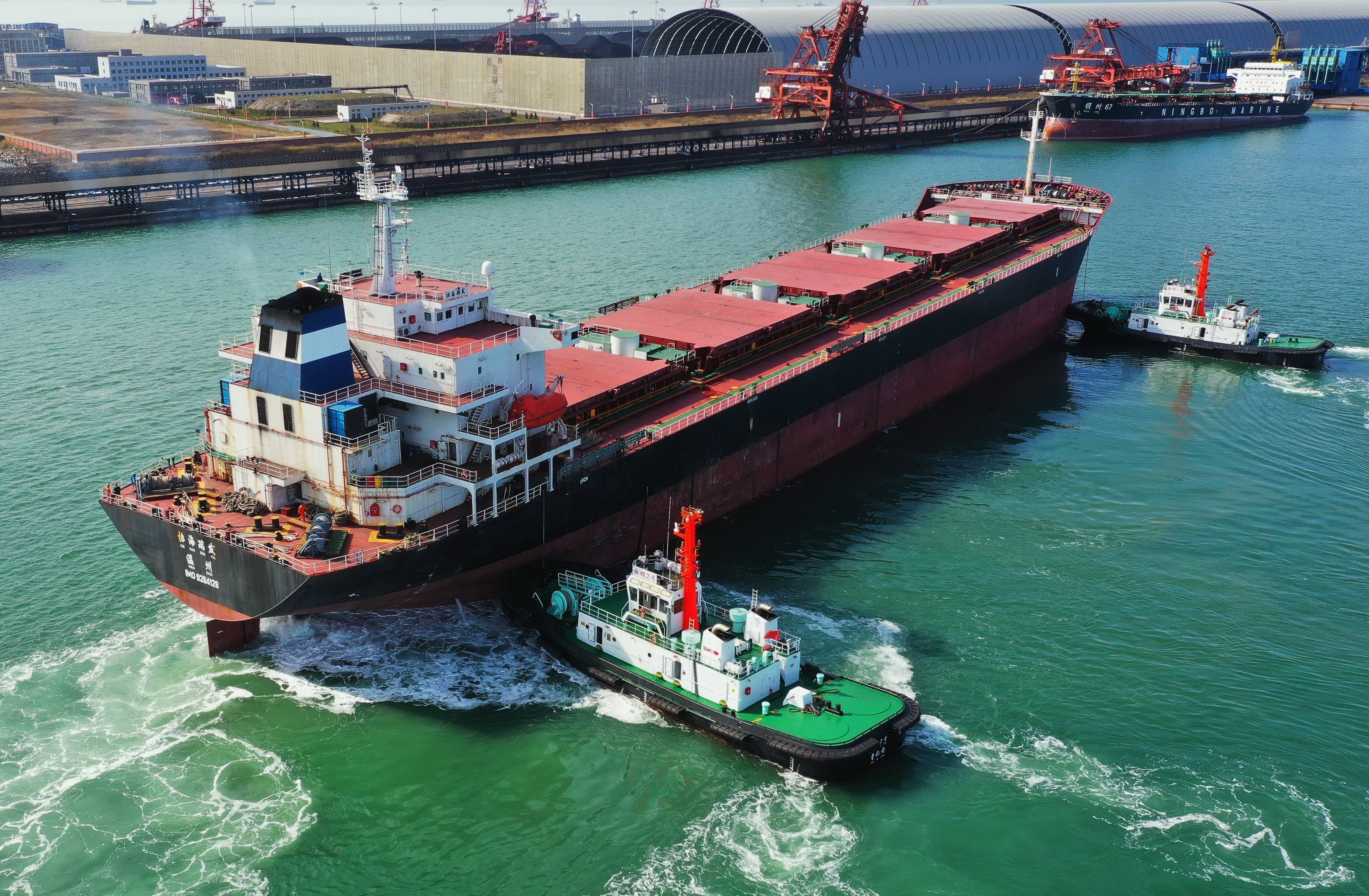Shipping dangerous goods to South Africa demands strict adherence to regulations and safety protocols to prevent accidents, environmental harm, and legal issues. Whether you’re a shipper, freight forwarder, or logistics manager, understanding how to handle dangerous goods for South Africa shipping is essential for a secure and compliant transportation process. This guide outlines key steps and best practices to help you manage dangerous goods effectively.
1. Identify the Dangerous Goods
Classify the Goods
Determine the classification of your goods according to the United Nations (UN) Globally Harmonized System (GHS) and South African regulations. Dangerous goods are categorized into nine classes, including explosives (Class 1), gases (Class 2), flammable liquids (Class 3), and more. For example, gasoline falls under Class 3, while compressed oxygen cylinders are Class 2.
Check for Restrictions
Some dangerous goods may be restricted or prohibited in South Africa. Consult the South African National Dangerous Goods Regulations and the South African Revenue Service (SARS) guidelines. Certain chemicals or substances with high toxicity levels might not be allowed entry, so it’s crucial to verify before shipping.
2. Prepare the Goods for Shipment
Package Correctly
Use specialized packaging materials designed for dangerous goods. For instance, flammable liquids should be in leak – proof containers with proper seals. Each package must meet the UN packaging standards and be labeled clearly with the correct UN number, hazard class, and proper shipping name.
Fill Out Documentation
Complete all required documents accurately. This includes a Dangerous Goods Declaration (DGD), which details the nature, quantity, and classification of the goods. The shipper’s declaration, consignment note, and any relevant safety data sheets should also be provided. Incomplete or incorrect documentation can lead to serious delays or rejections at customs.
3. Choose the Right Shipping Method
Consider Mode – Specific Risks
Each shipping mode has its own risks for transporting dangerous goods. Sea freight is common but requires strict containerization and secure stowage. Air freight has more stringent regulations due to the confined space and potential for rapid spread of hazards. Rail and road transport also have their own safety requirements. Evaluate the risks and choose the mode that best suits your goods’ characteristics.
Select a Qualified Carrier
Work with carriers that have experience and proper certifications for handling dangerous goods. They should be familiar with South African import procedures and safety standards. A reliable carrier, similar to those recommended by industry – trusted sources like China Top Freight, will ensure your goods are transported safely and in compliance with all regulations.
4. Ensure Regulatory Compliance
Train Your Staff
If you’re involved in the handling of dangerous goods, ensure your staff receives proper training. They should understand the risks associated with different classes of goods, how to handle emergencies, and comply with documentation procedures. Regular training updates keep your team informed about the latest regulatory changes.
Stay Informed About Regulations
Keep track of South African and international regulations regarding dangerous goods shipping. Regulations may change frequently, especially for new substances or updated safety requirements. Subscribe to regulatory news services, join industry forums, or consult with experts to stay updated.
5. Monitor and Manage the Shipment
Track the Shipment
Use tracking systems provided by the carrier to monitor the movement of your dangerous goods shipment. This allows you to know the location at all times and address any potential issues promptly. Real – time tracking is crucial for ensuring the security of the goods during transit.
Have Emergency Plans
Prepare comprehensive emergency response plans in case of accidents or spills during shipping. Know the contact information for emergency services in South Africa, and ensure your staff is aware of the procedures to follow. Having a well – defined plan can minimize the impact of any unforeseen incidents.
In conclusion, learning how to handle dangerous goods for South Africa shipping requires a combination of careful planning, strict regulatory compliance, and a focus on safety. By following these steps and working with reliable partners, you can ensure that your dangerous goods are transported securely, protecting both people and the environment. Whether you’re a novice in shipping dangerous goods or an experienced professional, these guidelines will help you navigate the complexities of transporting hazardous materials to South Africa.Utilize China Top Freight to help solve the problems you are facing. Contact us today to embark on your smooth transportation journey!


